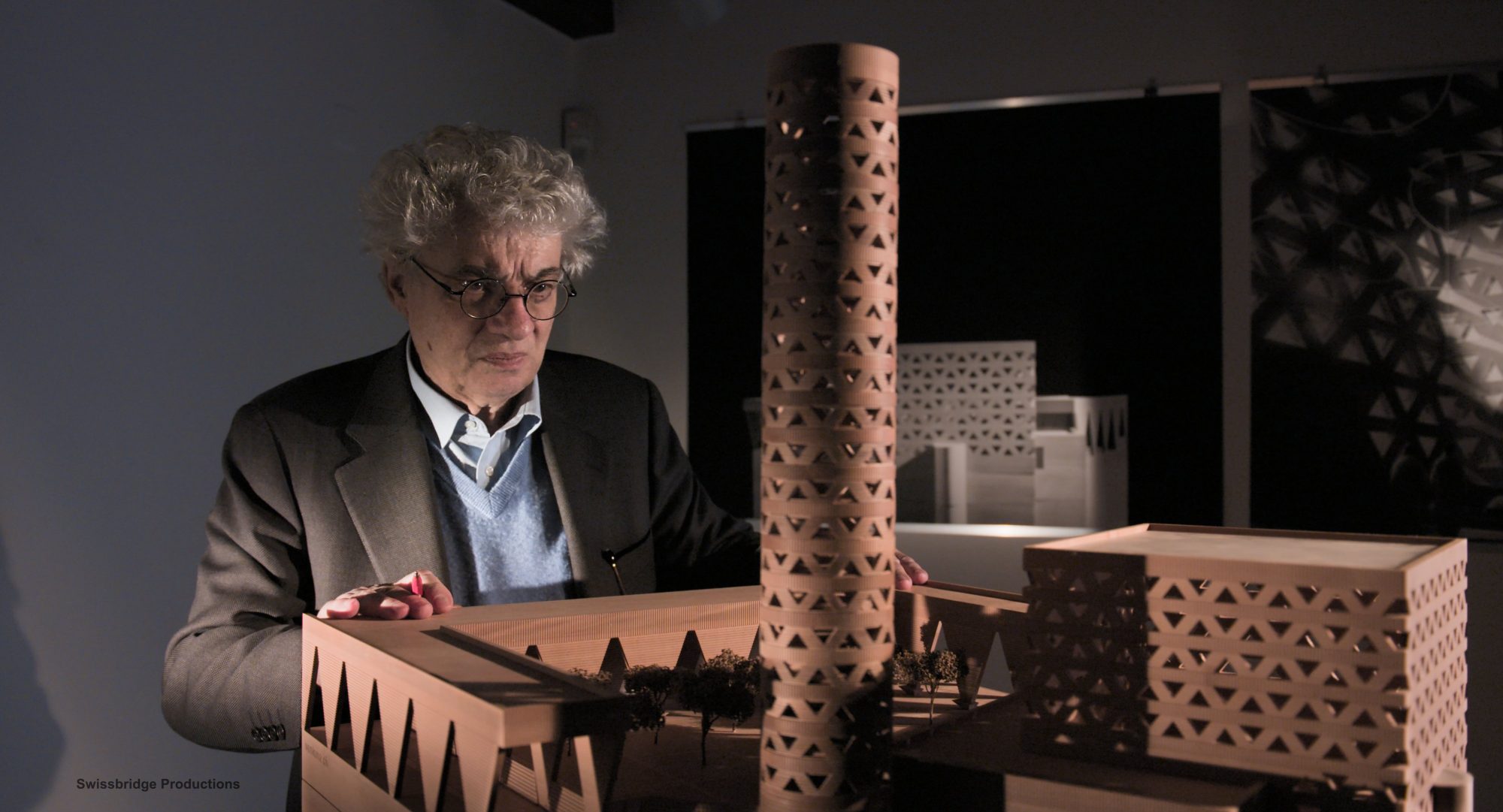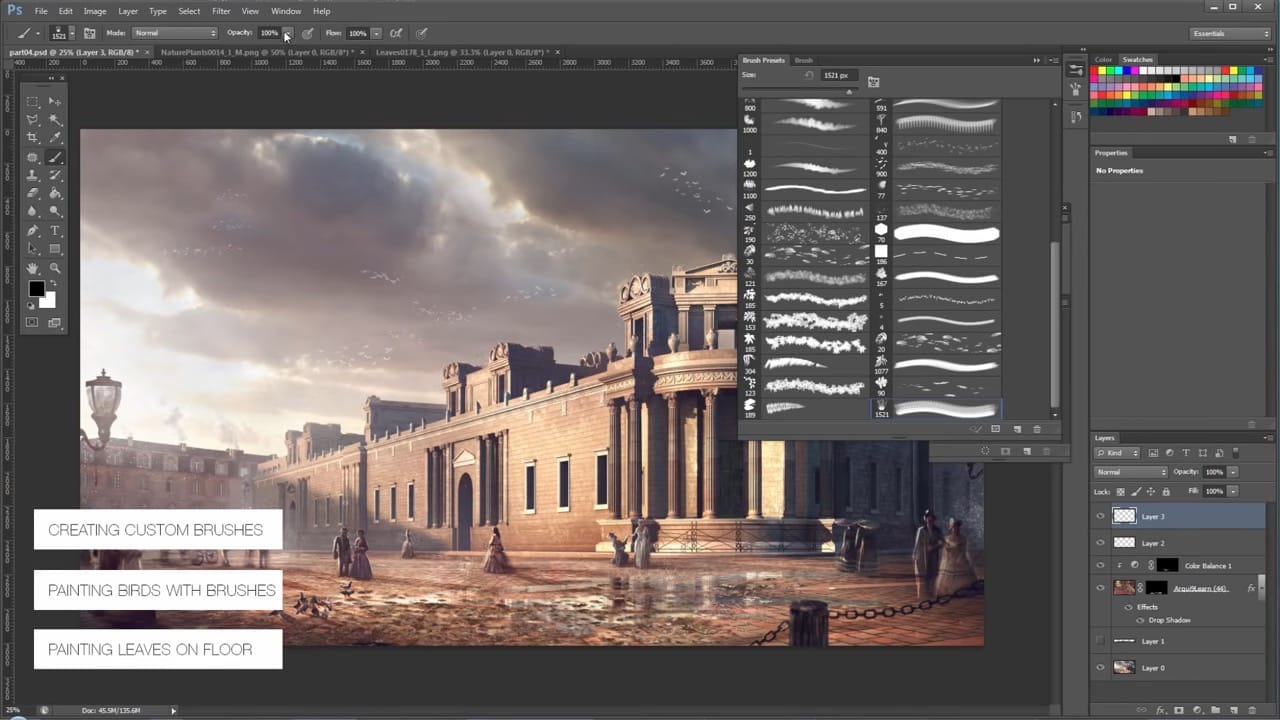Self-taught and with a very strong personality, Mario Botta is a renowned Swiss architect who focuses on the ethical, cultural and social character of his art.
Born in the southern Swiss canton of Ticino in 1943, Mario Botta left school at the age of 15 to work in Lugano for a well-known architectural firm. He began as an apprentice and in only one year designed and built his first building, a presbytery, which was completed in 1963. Between 1961 and 1969, he returned to school, working in the studio of Le Corbusier, who had a great influence on his work. In 1970, Botta opened his own architectural firm. After designing about twenty houses, he began to gain the notoriety necessary to build larger buildings. Today, Mario Botta is an internationally renowned architect who has received numerous awards and honorary doctorates in several countries, including Argentina, Romania and Greece.
Botta’s architectural style is inspired not only by Le Corbusier, but also by John Ruskin. Ruskin, a British art critic of the late 19th century, laid the groundwork for the “ethical construction” on which Botta’s approach is based: architecture must have ethical considerations, which take precedence over aesthetics. Botta’s buildings are dedicated to the people and not to an elite, so that the greatest number of people can find comfort and visual pleasure in them. Botta also believes that a building constructed in a given location must respect the environment in which it is located (both aesthetically and environmentally); a true nature worshiper, Botta always incorporates trees and plants into his buildings.
Unlike many contemporary architects, Botta does not have a guideline to unite his many buildings.
Mario Botta also makes a particular use of forms. Farewell to the complex juxtapositions of deconstructivist architecture; Botta prefers simplicity and efficiency, which, according to him, allow light to really reflect on a building. The use of classical forms in his designs has often earned the architect negative comments about the repetitiveness of his work, but the artist doesn’t care: his huge cylinders, rectangular prisms, and his use of brick as a building material make his architectural works affordable and easily integrated into any setting. Unlike many contemporary architects, Botta does not have a unifying theme to his many buildings. Instead, the unifying element is found in his favorite material, brick, and its juxtaposition of geometric forms.
Among Botta’s best-known buildings are the San Francisco Museum of Modern Art (1994), the National Bank of Fribourg in Switzerland (1987), the Evry Cathedral (1995) and the Leuum Museum in South Korea (2004). Several times in his career, Botta has received commissions for churches, for which he admits to having a predilection. In an interview, the architect explains that this preference comes from the architectural beauty necessary for the existence of churches and this, since the beginning of time.









